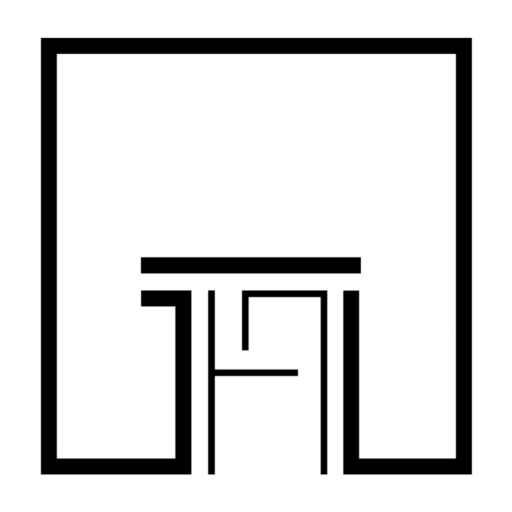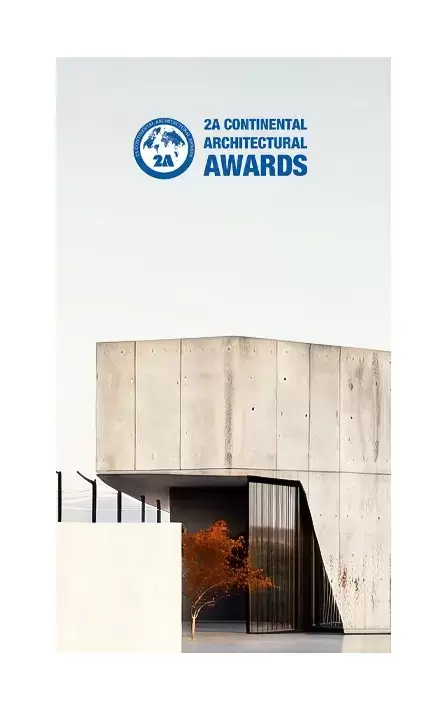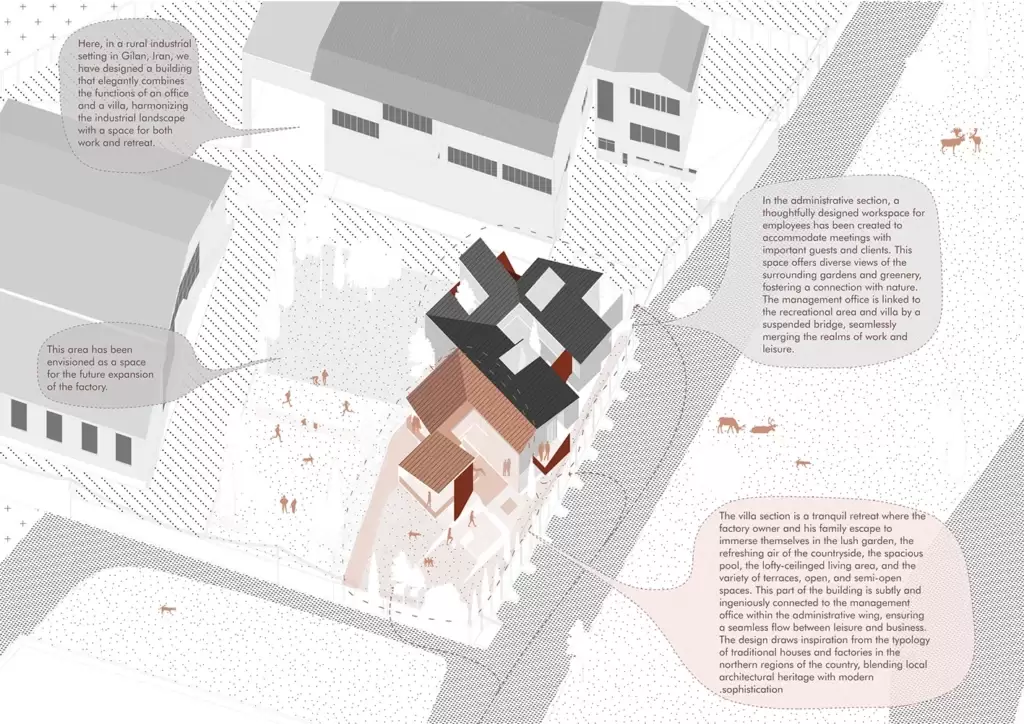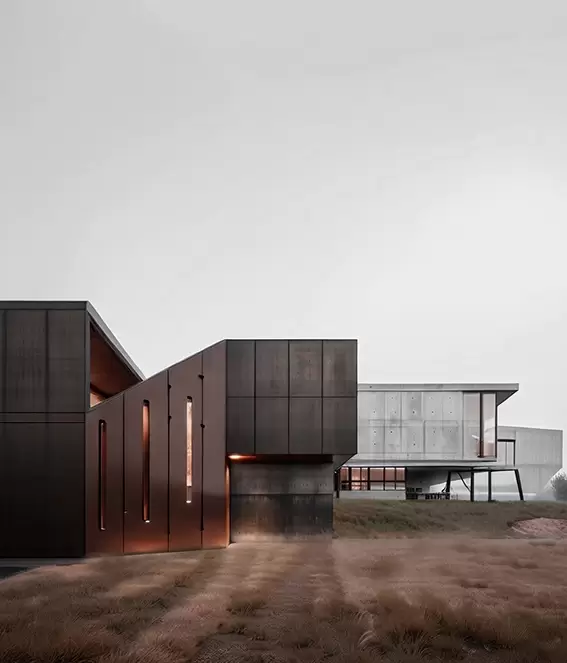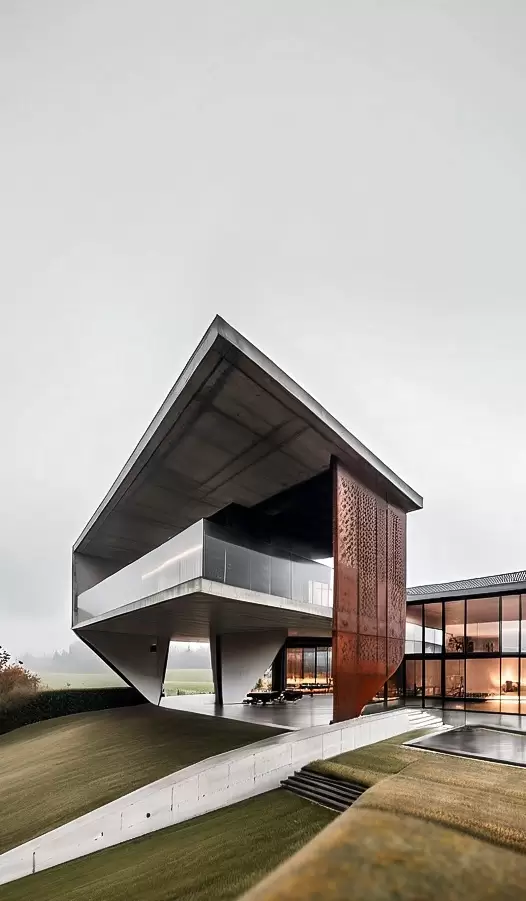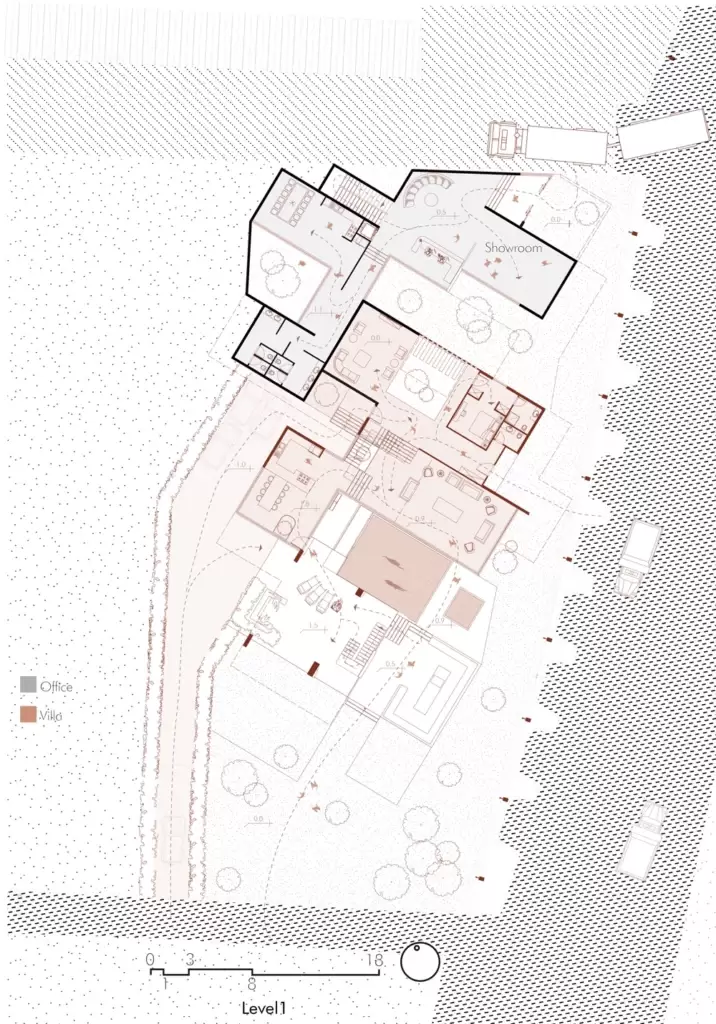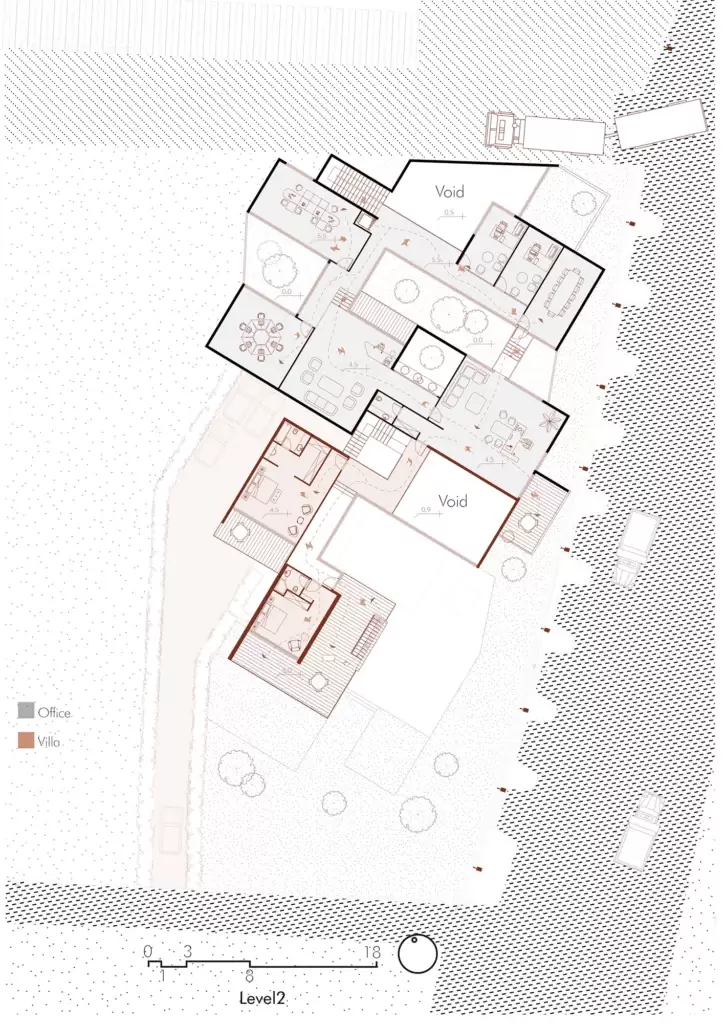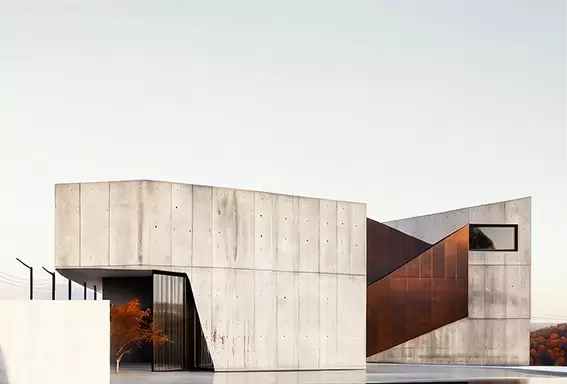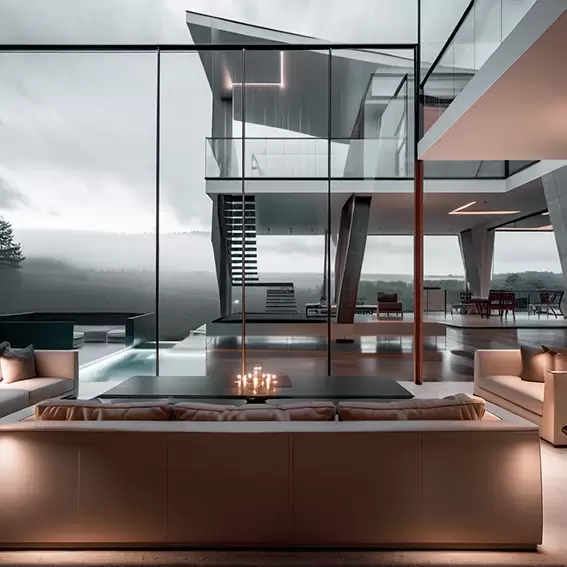The initial idea for this project emerged when the client needed to expand the administrative space of their factory while
also seeking a location that could provide a place for rest and recreation for their family, as well as hosting special guests
and customers for a few days. Given the factory’s geographical location in northern Iran, nestled within lush foothills and
picturesque meadows, there was a unique potential for creating a recreational villa. However, the industrial nature of the
factory environment posed a significant challenge. The primary challenge of this project was integrating workspaces with a
recreational and restful environment and establishing both direct and indirect connections between two entirely contrasting
functions.



The key question was whether these two seemingly
incompatible concepts—work and leisure—could be
reconciled. Could spaces with such different characteristics
be blended together? Is it possible to place a space filled
with challenges, stress, and industrial noise alongside one
that is meant to foster tranquility and provide a retreat from
all the stressors of a workplace? More importantly, would
the users of the villa, located within the factory complex,
feel secure and relaxed among numerous workers with
varying cultural backgrounds? Could this integration create
challenges for the workers and affect their performance?
Addressing these conflicting and diverse needs, as well as
solving the connection between a space integrated within a
harsh industrial environment and the surrounding lush, scenic
nature, led us on an exciting and stressful design journey.
This journey was born out of new experiences and a fresh
perspective on human interaction in the face of two entirely
different concepts. The building was designed so that the
administrative and recreational functions, with their distinctly
independent and different characters, would come together to
form a cohesive structure. Our concept was to create a direct
and intriguing connection within the building between the
office and the recreational villa, while ensuring that users in
each space do not experience an incongruous blend with the
functions of the other space.
The central core of the administrative area features a light
and fluid structure filled with green openings that provide
a visually calming experience for employees and ensure
that natural light and fresh air maintain the human dignity
of the users. The exterior shell of the building, in harmony
with the factory environment, presents a solid and enclosed
structure that visually aligns with the sharp-edged, slopedroof
industrial warehouses, concealing the internal human
relations, functions, and interactions from outside observers
as if keeping a secret. The internal connection between the
recreational villa and the administrative building is formed by
a meaningful bridge, facilitating the seamless movement of
the client between the office and the villa, as well as allowing
guests to transition without drawing attention. The recreational
part of the building is designed to ensure that users do not feel
they are living within a factory environment. The orientation
and form of the building are designed to maximize the benefits
of natural light, views of the surrounding forested foothills, and
the cool breezes that originate from the southern mountains
in the evenings. Ultimately, the fusion and integration of
two completely different functions and the creation of a
unified duality can be seen as a somewhat underexplored
phenomenon in contemporary architecture, one that perhaps
requires more attention and practice in the modern world. A
world where technological advancements and widespread
access to a multitude of amenities have introduced diverse
and different aspects of living into human life, which might be
considered a new facet of existence on this earth, one that we
must learn to adapt to.
